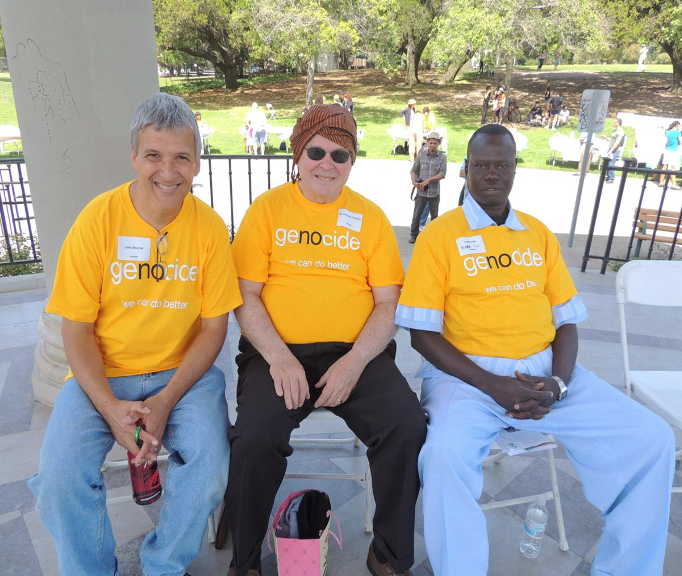
SUPPORT OUR MISSION
24/7 In Touch
+00 210-588-3617
Email Address
Our Location
10 Bartlett Road, Westford,US
Flourish Mountains
Hope Alliance

Re-building Sustainable, Resilient, Safer and Dignified Society
Menu
+00 210-588-3617
10 Bartlett Road, Westford,US
Hope Alliance

Lorem ipsum dolar site. Lorem ipsum dolar site. Lorem ipsum dolar site. Lorem ipsum dolar site. Lorem ipsum dolar site.

Hunger is an uncomfortable or painful physical sensation caused by insufficient consumption of dietary energy. It becomes chronic when the person does not consume a sufficient number of calories (dietary energy) on a regular basis to lead a normal, active and healthy life. Hunger is more complicated than empty bellies—interconnected issues of poverty, inequality, conflict, climate change, gender discrimination, and weak government and health systems all play a role in driving hunger.
Hunger is defined by the United Nations as the periods when people experience severe food insecurity—meaning that they go for entire days without eating due to lack of money, access to food, or other resources. Hunger is the distress associated with lack of food. The threshold for food deprivation, or undernourishment, is fewer than 1,800 calories per day. Undernutrition goes beyond calories to signify deficiencies in energy, protein, and/or essential vitamins and minerals. Malnutrition refers more broadly to both undernutrition and over nutrition.
What happens when people go hungry?
Prolonged periods of food insecurity can lead to malnutrition, which occurs when the body lacks sufficient vitamins, minerals, and other nutrients needed to thrive.
Why Does Hunger Exist in our Communities?
Food insecurity can have many negative effects on communities, including:
Deep understanding the root causes of hunger is essential in order to eliminate hunger. Some potential approaches to addressing these issues include:
Hope Alliance
P.O Box 87123
Oklahoma City, OK 73112
USA